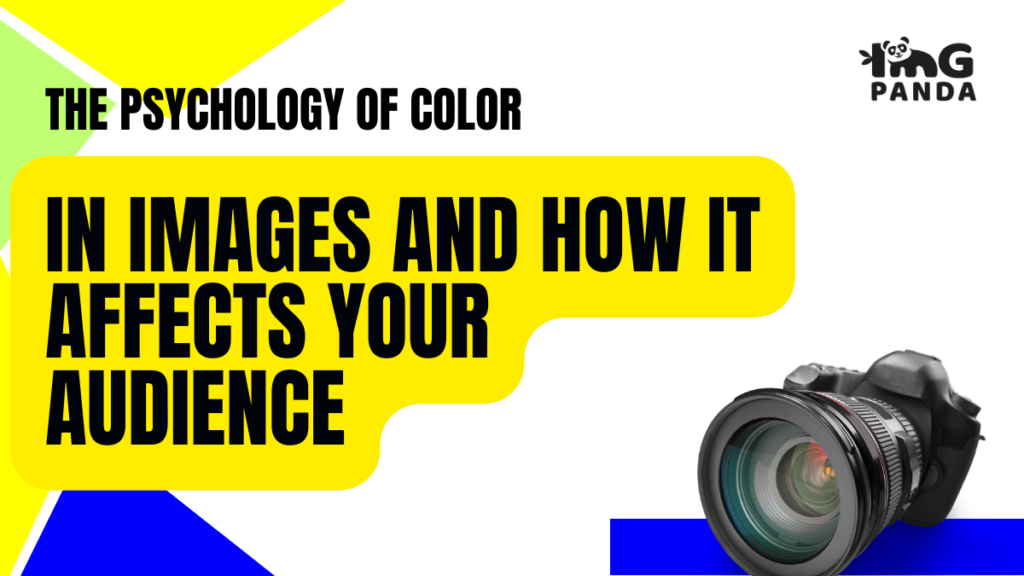Introduction:
In the world of visual communication, color wields a profound influence, often speaking to our emotions and shaping our perceptions in ways we may not consciously realize. From the fiery warmth of red to the soothing coolness of blue, the psychology of color is a fascinating study that holds a special place in the realm of images. In our blog post, "The Psychology of Color in Images and How It Affects Your Audience," we dive deep into the captivating world of color psychology and explore how your choice of colors can have a powerful impact on your audience.
The use of color is not arbitrary; it's a strategic tool that can evoke specific emotions, convey brand identity, and guide your audience's gaze and emotions within an image. Whether you're a designer aiming to create compelling visuals or a marketer looking to enhance your brand's message, understanding the psychological nuances of color is paramount. Join us on this visual journey as we unravel the psychological intricacies behind color in images, exploring how it can shape perceptions, influence decision-making, and ultimately leave a lasting impression on your audience.
Also Read This: How to Capture and Save Sound While Watching YouTube
Red:
Red is a vibrant and intense color that can evoke strong emotions in viewers. It is often associated with passion, excitement, and love, but it can also be associated with danger, anger, and aggression.
[caption id="attachment_193214" align="alignnone" width="1500"] Red[/caption]
Red[/caption]
In marketing and advertising, red is often used to grab attention and stimulate the senses. It can be an effective color for promoting products or services that are associated with passion or energy, such as food, drinks, and fashion. However, too much red can be overwhelming and may even have negative connotations, such as in warnings or caution signs.
In design, red can be used to create a sense of urgency or importance. It can be an effective color for calls-to-action, such as "Buy Now" buttons or "Limited Time Offer" banners. It can also be used to create contrast or to highlight specific elements in an image.
When using red in images, it's important to consider the context and the message you want to convey. Too much red can be overpowering, while too little may not have the desired effect. By understanding the psychology of red, you can use it strategically to create images that resonate with your audience and achieve your communication goals.
Also Read This: How to Sell Photography on Shutterstock and Stand Out
Orange:
Orange is a warm and vibrant color that is often associated with friendliness, creativity, and enthusiasm. It can evoke a sense of excitement and energy, making it an effective color for promoting products or services that are associated with fun, such as toys or entertainment.
[caption id="attachment_193215" align="alignnone" width="1500"] Orange[/caption]
Orange[/caption]
In design, orange can be used to create a sense of playfulness and spontaneity. It can be an effective color for creating contrast or drawing attention to specific elements in an image. It can also be used to convey a sense of affordability or value, as it is often associated with lower-priced products.
When using orange in images, it's important to consider the context and the message you want to convey. Too much orange can be overwhelming, while too little may not have the desired effect. By understanding the psychology of orange, you can use it strategically to create images that resonate with your audience and achieve your communication goals.
Also Read This: Is ACC Network Available on YouTube TV?
Yellow:
Yellow is a bright and optimistic color that is often associated with warmth, happiness, and sunshine. It can evoke a sense of playfulness and joy, making it an effective color for promoting products or services that are associated with happiness, such as travel or leisure.
[caption id="attachment_193216" align="alignnone" width="1504"] Yellow[/caption]
Yellow[/caption]
In design, yellow can be used to create a sense of friendliness and approachability. It can be an effective color for creating contrast or drawing attention to specific elements in an image. It can also be used to convey a sense of caution or warning, as it is often associated with caution signs and traffic signals.
When using yellow in images, it's important to consider the context and the message you want to convey. Too much yellow can be overwhelming or even cause eye strain, while too little may not have the desired effect. By understanding the psychology of yellow, you can use it strategically to create images that resonate with your audience and achieve your communication goals.
Also Read This: A Closer Look at YouTube Understanding the Platform's Features and Evolution
Purple:
Purple is a rich and luxurious color that is often associated with creativity, royalty, and spirituality. It can evoke a sense of elegance and sophistication, making it an effective color for promoting products or services that are associated with luxury or indulgence, such as high-end fashion or beauty products.
[caption id="attachment_193217" align="alignnone" width="1500"] Purple[/caption]
Purple[/caption]
In design, purple can be used to create a sense of creativity and individuality. It can be an effective color for creating contrast or drawing attention to specific elements in an image. It can also be used to convey a sense of mystery or spirituality, as it is often associated with mystical or magical themes.
When using purple in images, it's important to consider the context and the message you want to convey. Too much purple can be overwhelming or even evoke a sense of sadness, while too little may not have the desired effect. By understanding the psychology of purple, you can use it strategically to create images that resonate with your audience and achieve your communication goals.
Also Read This: Understanding the Cost of Using "Letâs Get Ready to Rumble" for Events
Blue:
Blue is a calming and soothing color that is often associated with trust, stability, and intelligence. It can evoke a sense of relaxation and security, making it an effective color for promoting products or services that are associated with trust and reliability, such as healthcare or financial services.
[caption id="attachment_193218" align="alignnone" width="1500"] Blue[/caption]
Blue[/caption]
In design, blue can be used to create a sense of professionalism and credibility. It can be an effective color for creating contrast or drawing attention to specific elements in an image. It can also be used to convey a sense of formality or seriousness, as it is often associated with uniforms and formal attire.
When using blue in images, it's important to consider the context and the message you want to convey. Too much blue can be monotonous or even evoke a sense of coldness, while too little may not have the desired effect. By understanding the psychology of blue, you can use it strategically to create images that resonate with your audience and achieve your communication goals.
Also Read This: Import Canva Templates to Google Slides with These Tips
Black:
Black is a bold and powerful color that is often associated with sophistication, elegance, and power. It can evoke a sense of formality and seriousness, making it an effective color for promoting products or services that are associated with luxury or high-end quality, such as luxury cars or high-end fashion.
In design, black can be used to create a sense of contrast and drama. It can be an effective color for creating emphasis or drawing attention to specific elements in an image. It can also be used to convey a sense of sophistication or mystery, as it is often associated with sleek and elegant designs.
When using black in images, it's important to consider the context and the message you want to convey. Too much black can be overwhelming or even evoke a sense of sadness or depression, while too little may not have the desired effect. By understanding the psychology of black, you can use it strategically to create images that resonate with your audience and achieve your communication goals. Here's a video discussing color scheme theory in the context of photography.
Also Read This: How to Lock Your Phone While Enjoying YouTube Content
Pros And Cons:
Here's a table summarizing the pros and cons of using color psychology in images to affect your audience:
| Pros | Cons |
|---|---|
| - Can evoke specific emotions and feelings in your audience, leading to more effective communication | - Response to color can be subjective and vary between cultures and individuals |
| - Can create a sense of brand identity and help differentiate your brand from competitors | - Too much emphasis on color can distract from the message you're trying to convey |
| - Can create a sense of contrast and draw attention to specific elements in an image | - Overusing certain colors or combinations can lead to visual fatigue or even negative associations |
| - Can communicate your message without the need for words | - Over-reliance on color can lead to misinterpretation or misunderstandings |
| - Can create a cohesive and aesthetically pleasing image | - Not all colors will be suitable for all types of messages or brands |
| - Can help convey complex ideas or concepts in a simple and effective way |
Also Read This: Integrating LinkedIn with Your Outlook Account
Conclusion:
In conclusion, color psychology is an important aspect of visual communication that can be used to effectively influence your audience's emotions, perceptions, and behavior. By understanding the psychology behind different colors, you can use them strategically in your images to convey your message, create brand identity, and enhance the overall aesthetic appeal. However, it's important to use color thoughtfully and in a way that supports your message, as overusing certain colors or relying too heavily on color can detract from the effectiveness of your communication. Ultimately, by using color psychology effectively in your images, you can create powerful visual messages that resonate with your audience and achieve your communication goals.
FAQ:
What is color psychology and why is it important in visual communication?
Color psychology is the study of how colors affect human behavior and emotions. It is important in visual communication because colors can evoke specific emotions and perceptions in your audience, which can enhance the effectiveness of your message and help create brand identity.
How can I use color psychology to create effective images?
By understanding the psychology behind different colors, you can use them strategically in your images to convey your message, create brand identity, and enhance the overall aesthetic appeal. You should also consider the context and message you want to convey, as well as the preferences and perceptions of your target audience.
Are there universal color meanings or do they vary between cultures and individuals?
While certain colors can have universal meanings, such as red being associated with love or danger, the meanings of colors can vary between cultures and even between individuals. It's important to consider the cultural context and preferences of your target audience when using color in your images.
Can overusing certain colors or combinations lead to negative associations or visual fatigue?
Yes, overusing certain colors or combinations can lead to negative associations or even visual fatigue. It's important to use color strategically and in a way that supports your message, rather than relying on it too heavily or using it in a way that may be misunderstood or misinterpreted.
Should I use only one color in my images or can I use multiple colors?
You can use multiple colors in your images, but it's important to use them in a way that supports your message and enhances the overall aesthetic appeal. Using too many colors or using them in a way that clashes or distracts from your message can be counterproductive.
